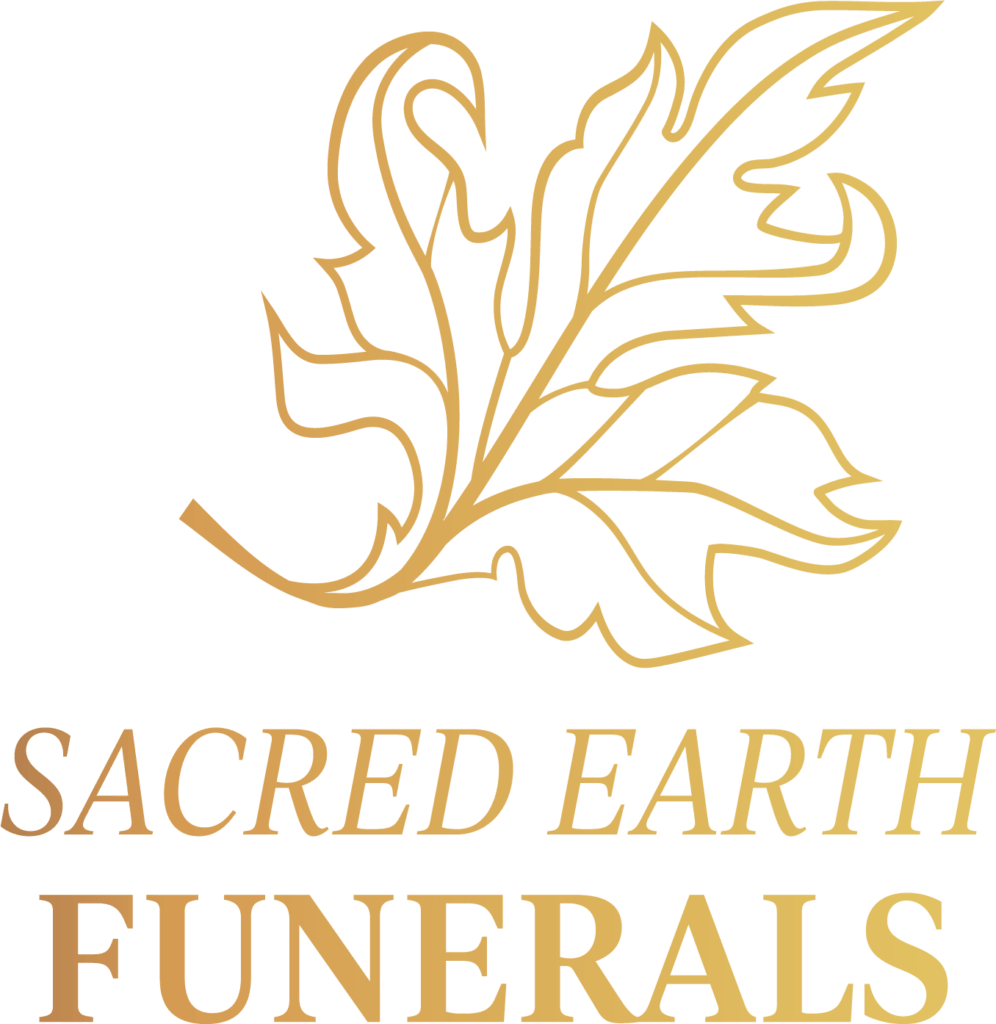
(4 Part series on Human Disposition)
PART 3 – THE NEED FOR TRUE NATURAL BURIAL GROUNDS
IN EACH AUSTRALIAN STATE AND TERRITORY
As of the end of 2018, 21st Century Australia does not have a single stand-alone natural burial ground. This is in contrast to hundreds of established natural burial grounds overseas, which are particularly prolific in the UK and USA. There is currently an active movement within Australia to change our regrettable status. The founding of natural burial grounds like the planned New England Project in Armidale NSW, and a proposed natural burial ground within Burnie City Council Shire of Tasmania will positively help make Australian death care more environmentally sustainable.
NATURAL BURIAL GROUND FOR THE NORTH COAST, NSW
Sacred Earth Holistic Funerals envisages a similar project being undertaken on the Far North Coast NSW, within the Richmond Valley, Ballina or Lismore Shire Council areas to offer the people in our communities the gentlest, cleanest and kindest environmental end to life.
THE ALTERNATIVE TO MODERN DISPOSITION PRACTISE IN AUSTRALIA
Natural Burial is an ecologically sound choice. It means our bodies are returned to the earth without synthetics, glues or petrochemicals (includes embalming). No concrete or large granite monumental structures to be seen, but rather a grave surround of plants native to each regional area. If there are natural rock grave markers, the rocks are also native to that location. Graves at shallow depth (so as not to inhibit the decomposition of the body) can be dug by hand, and hay and grasses can be cut by scythe to be placed in the grave and for family to stand on during a ceremony. No more fake green carpet grass at the graveside, and no machinery disturbing the delicate ecosystems.
Graves are identified with small permanent stone markers, or none at all. In today’s technologically enabled world there is no need for grave markers to disturb the perfect natural sanctuary. Computer grid mapping and GPS technology ensure individual sites will always be locatable. If a burial plot has been allocated to an area which is discovered to be the home of an existing tree, the plot is moved to the side, not the tree. This simple protocol truly highlights due reverence to the natural world.
Traditional cemeteries are burdened with endless maintenance costs including water, fossil fuels and chemical pesticides and invariably they will fall to ruin such as older sites like East Lismore Cemetery in NSW, which the local council intermittently maintains. In contrast to this is a stand-alone, eco-restoration natural burial ground. These are true nature sanctuaries which not only provide an emotional haven, but also enrich the environment, and in the fullness of time become virtually self-maintaining.
A select few cemeteries in Australia have set aside small acres referred to as ‘natural burial sections’. However, few of these address the high costs of burial because they are managed through a traditional cemetery mentality. This is especially the case when owned by councils, such as the Bushland Cemetery in Lismore.
SUSTAINABILITY IN DEATH
The Australian Natural Burial Project defines a natural burial ground as:
‘A life centred memorial place, not part of the traditional cemetery model, characterised by the existence of restoration of vegetation native to the area. An eco-conscious natural burial ground has a finite life cycle. Once capacity is reached, minimal cost landscape preservation practises are to be employed, and the site remains a natural flora and fauna reserve.’
Imagine a serene and calming landscape found in the nature surrounding such a place. Envisage an arch of native vines covering the entrance to a natural burial ground in Australia. Perhaps a wallaby watches in the distance, and the native grasses wave gently in a soft breeze. A willow coffin is being wheeled through the arches, on a cart surrounded by family. Inside lies the mortal body of their loved one, wrapped tenderly in a simple linen shroud (without chemical dyes). They pass by a large board near the entry, naming all the souls that have gifted the Earth with the return of their bodies here. Softly, the family walks the path of this sacred ground, aware that the land has been blessed by all the dead who lay here. And it is the healthy ecosystem of this part of the Earth which has become the legacy of all those who have returned their bodies to this place.
Such a scenario makes our return to the arms of the earth the ultimate act of loving kindness.
A PERSONAL RESPONSIBILITY
As humans who will die, we all have a responsibility to decide what happens to our bodies after death. It is not good enough to let others decide. We need to take responsibility for our whole lives on Earth. Please consider whether you would lend support to the establishment of a Natural Burial Ground in your area.
For further information, or to see a Natural Burial Ground in action, please visit https://www.sustainability-centre.org/information-pack.html
In the final Part 4 of Human Disposition, we look at the latest and greenest new technologies and options for body disposal.


